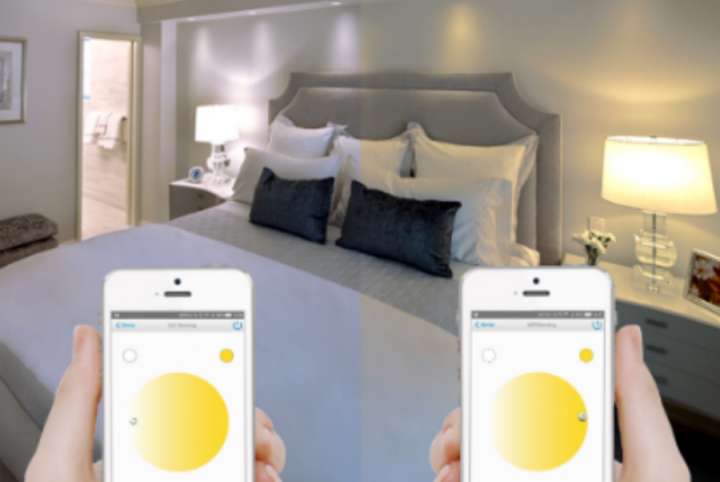
The two lights share some characteristics and features. Both are 10-watt, 800 lumen LED bulbs suitable to replace 60-wattt incandescent light bulbs. Each has an E26 base — the standard size for most bulbs — and both are dimmable. The bulbs connect with and are controlled by an Android or iOS mobile app via Wi-Fi. No hub is required to use the bulbs and a mix of styles can be operated individually or grouped on the app. Neither bulb integrates with Alexa, Google Home, Apple HomeKit, or IFTTT in their current versions. Loftek-Sansi told Digital Trends by email that another version of the lights that uses a hub is in development and will be compatible with Alexa and IFTTT, It will be released some time in 2017.
The Dual Color bulb adjusts from very white to full yellow via the app, so you can use it to replace incandescent lights with a warmer, yellow glow if you like that look, or you can go for the bright white LED look. The app has quick sets that let you tap one of four buttons on the white-to-yellow spectrum or select other gradations with a white-to-yellow color wheel. You adjust the dimmer from the app.
The RGB light is where the party happens. This smart bulb will not only display white and yellow, the app also has quick set buttons for green, red, and blue. In addition, you can tap on a full-color palette circle to change the selection. The music function syncs with whatever is playing on the mobile device with the controlling app, switching between colors and brightness levels in time with the music. There are 20 preset color combinations that the bulb will gradually transition to or they will blink if you just want the color to keep changing.
Loftek-Sansi sent us one of each of the bulbs to try. The setup process requires that you first disconnect your mobile device from your home Wi-Fi network and connect to the bulb. You could leave it like that to control just one bulb at a time, but the idea is that to change the bulb’s network setting to your home network while connected to the bulb via Wi-Fi.
We had some issues with the process at first and emailed a company representative for help. It turns out in order to connect the Loftek-Sansi bulbs to our home network, we had to be sure that our router’s “wireless isolation” was not turned on. We also had to enable a guest network and separately allow guest devices to connect with other devices. After initial concern that the bulbs would only connect with a wide open, unsecure network — which would be a very bad idea, we were able to set WEP security password protection for the guest network. We couldn’t get them to work with WPA security, but at least the network was not unsecured. After connecting successfully to our home network, it was easy to use and adjust the bulbs from the app.



